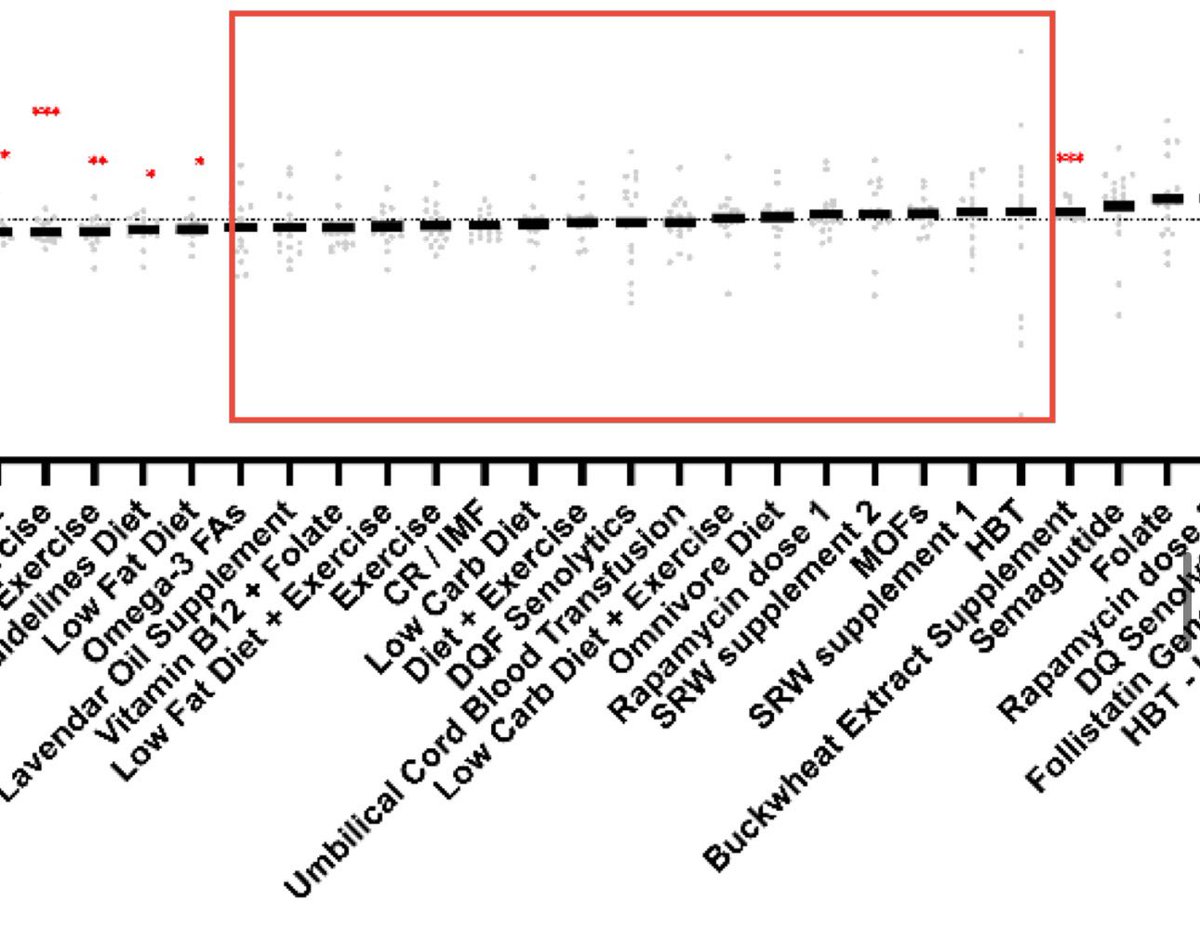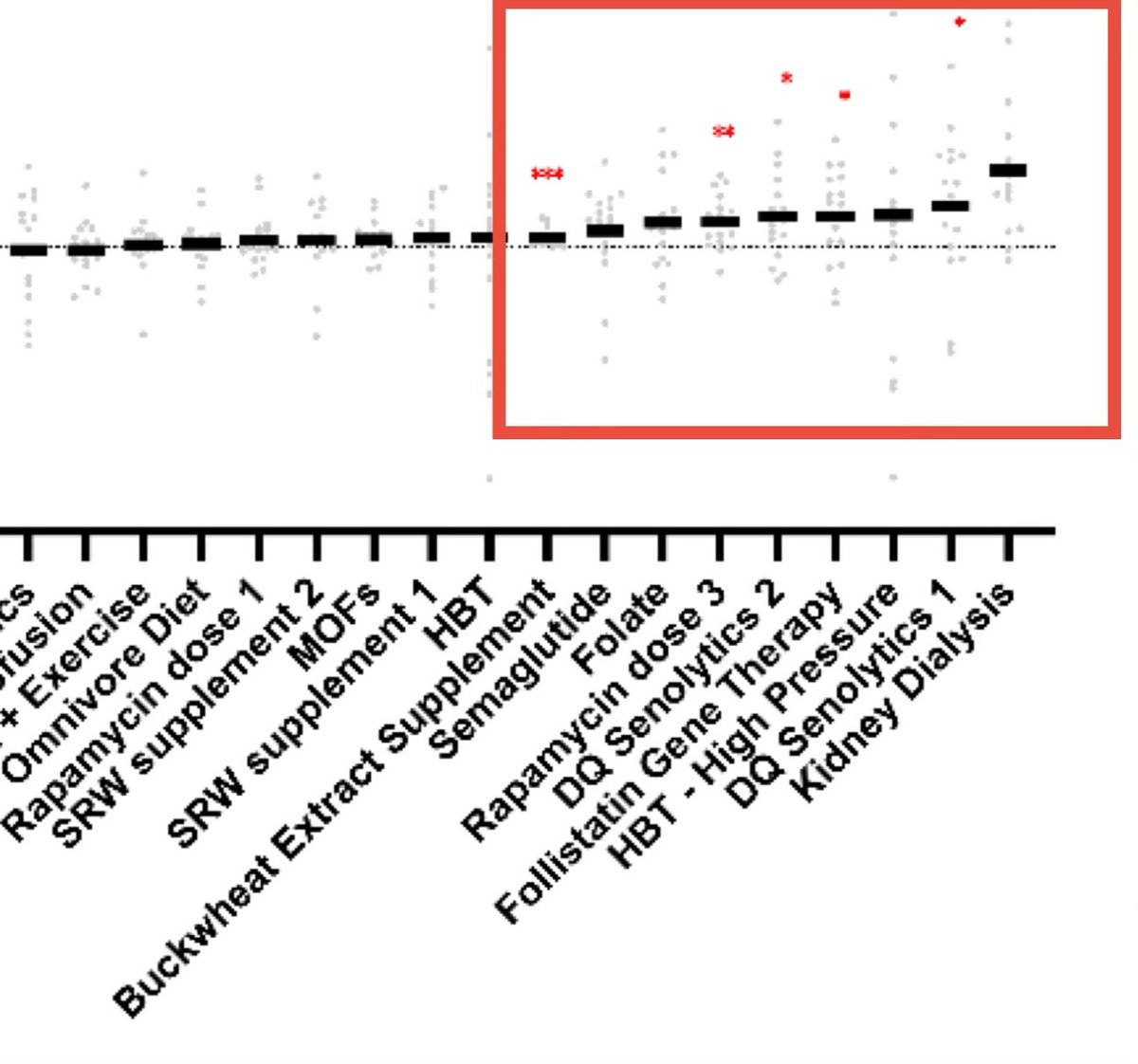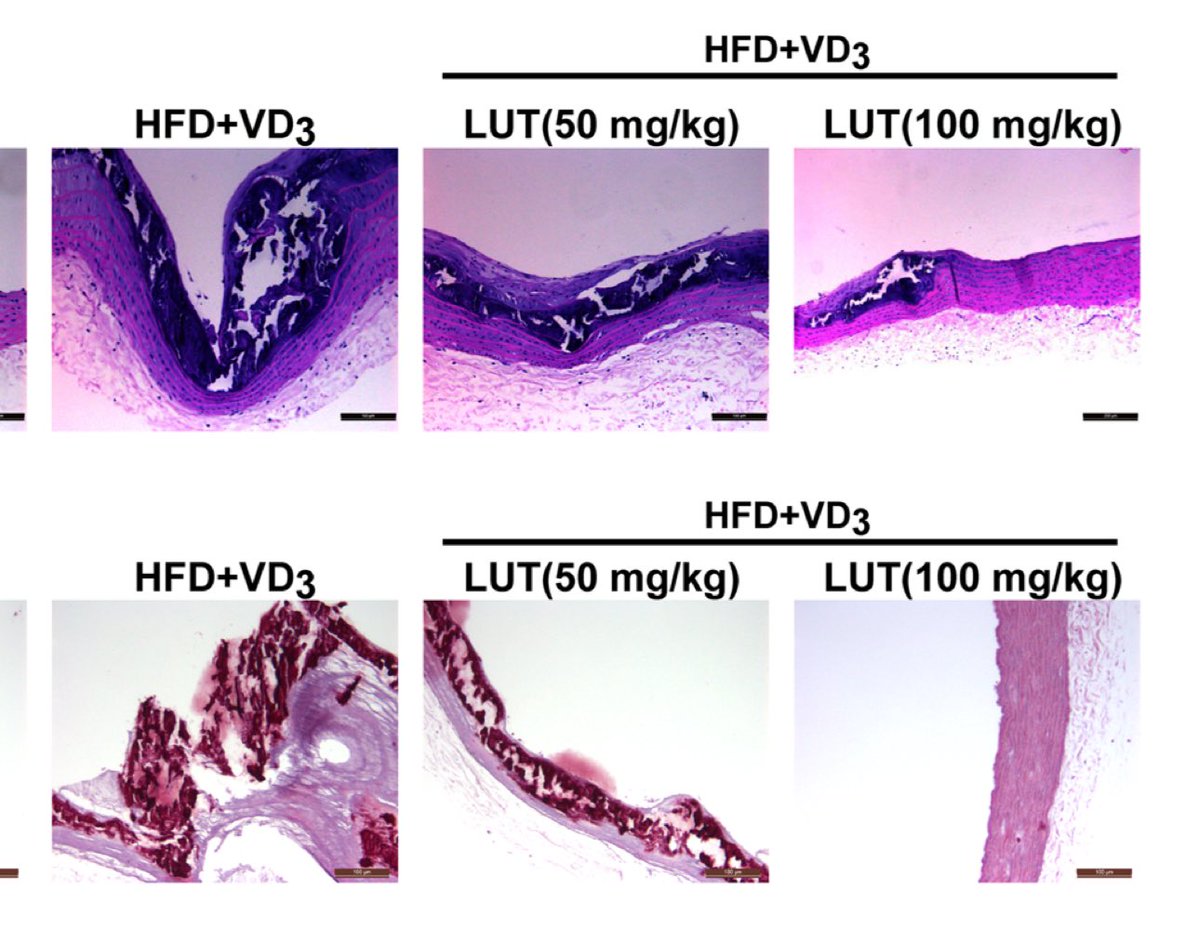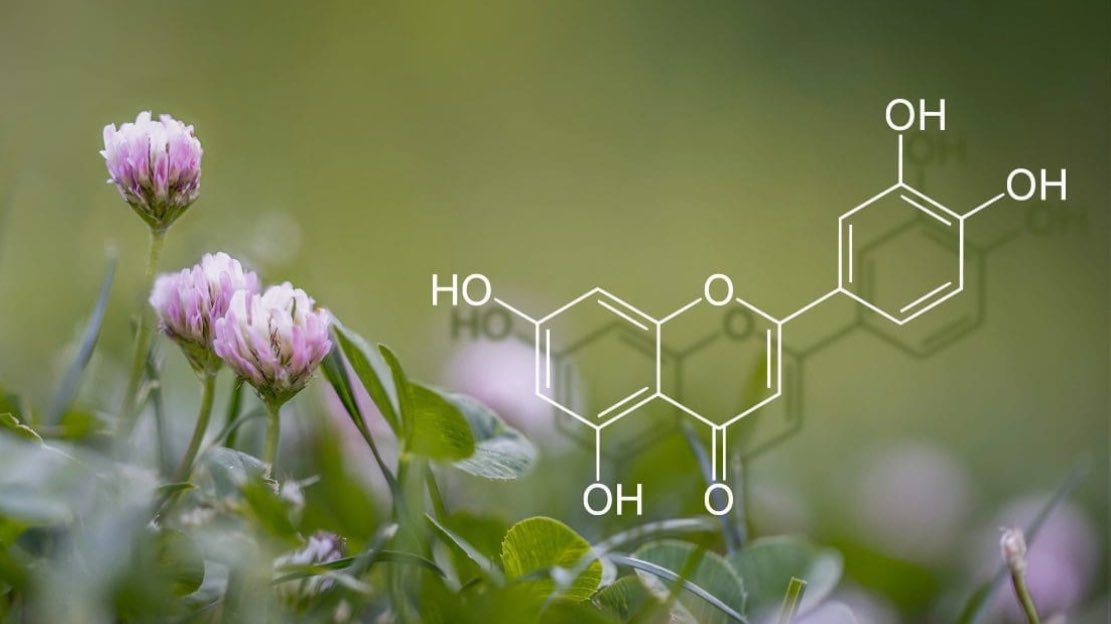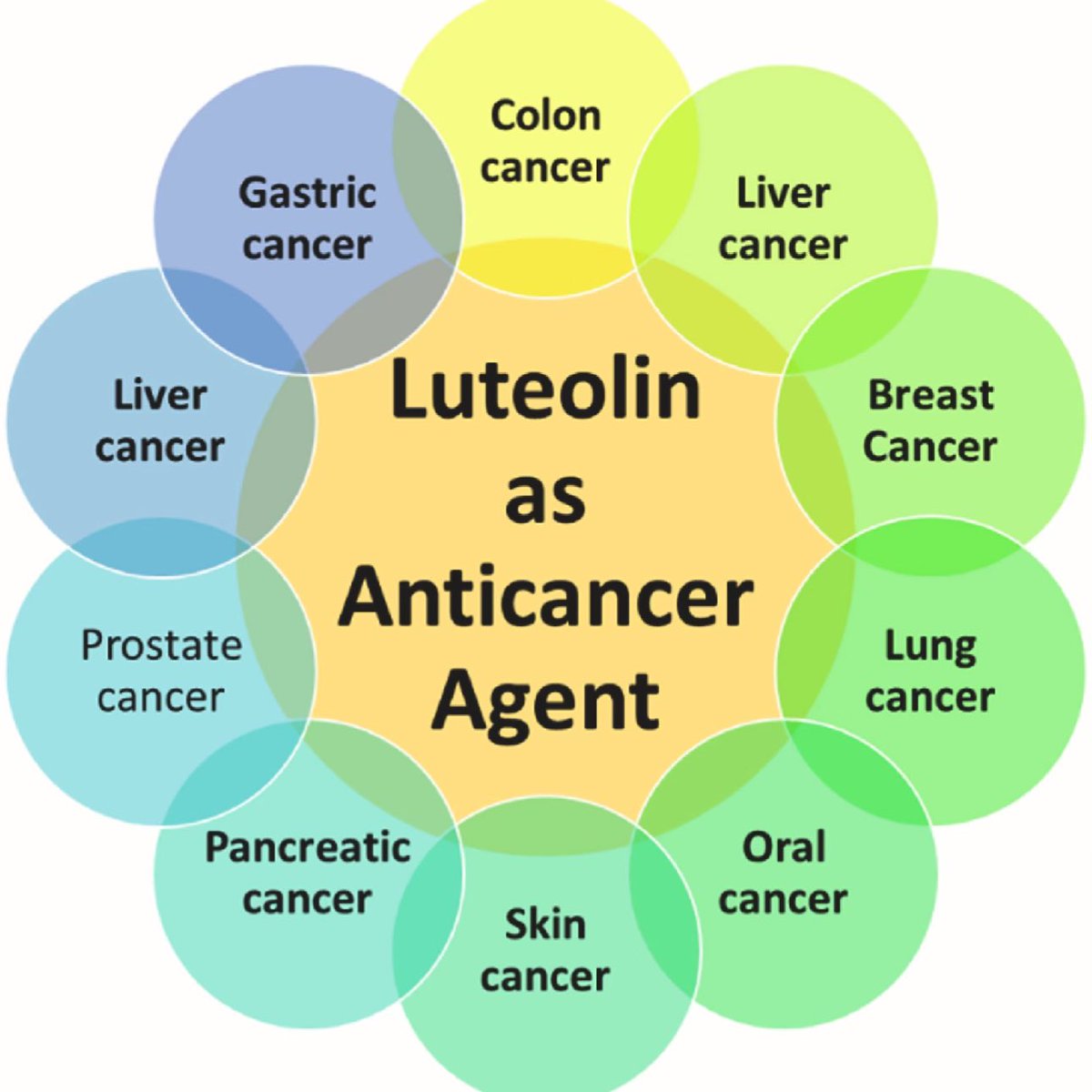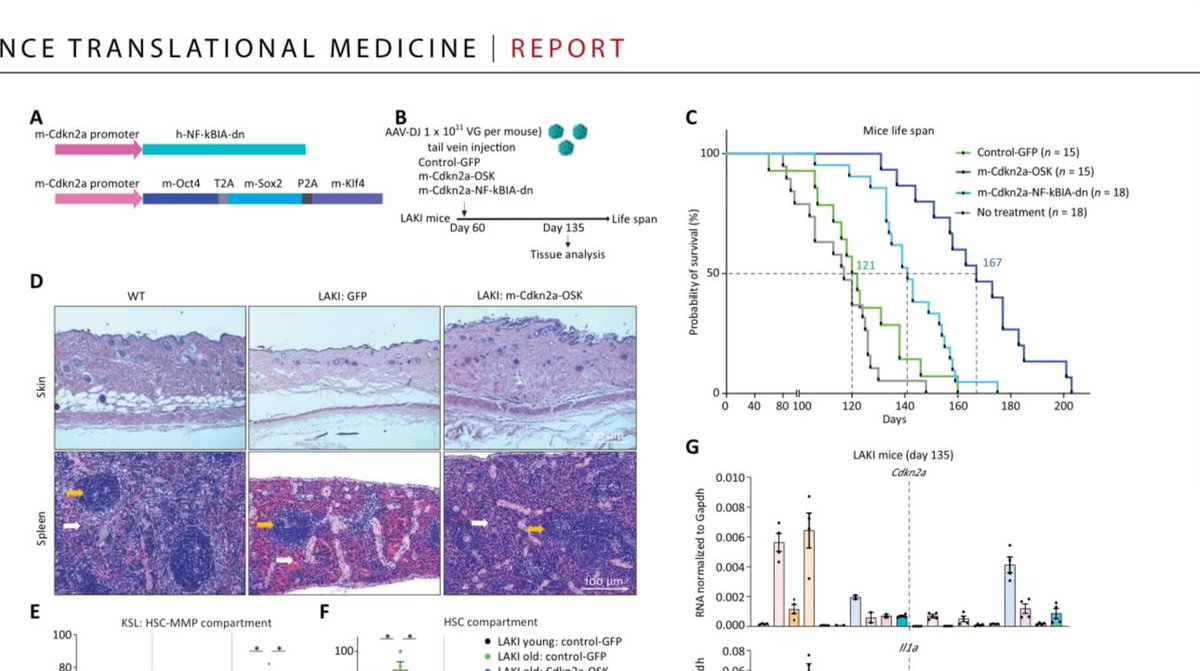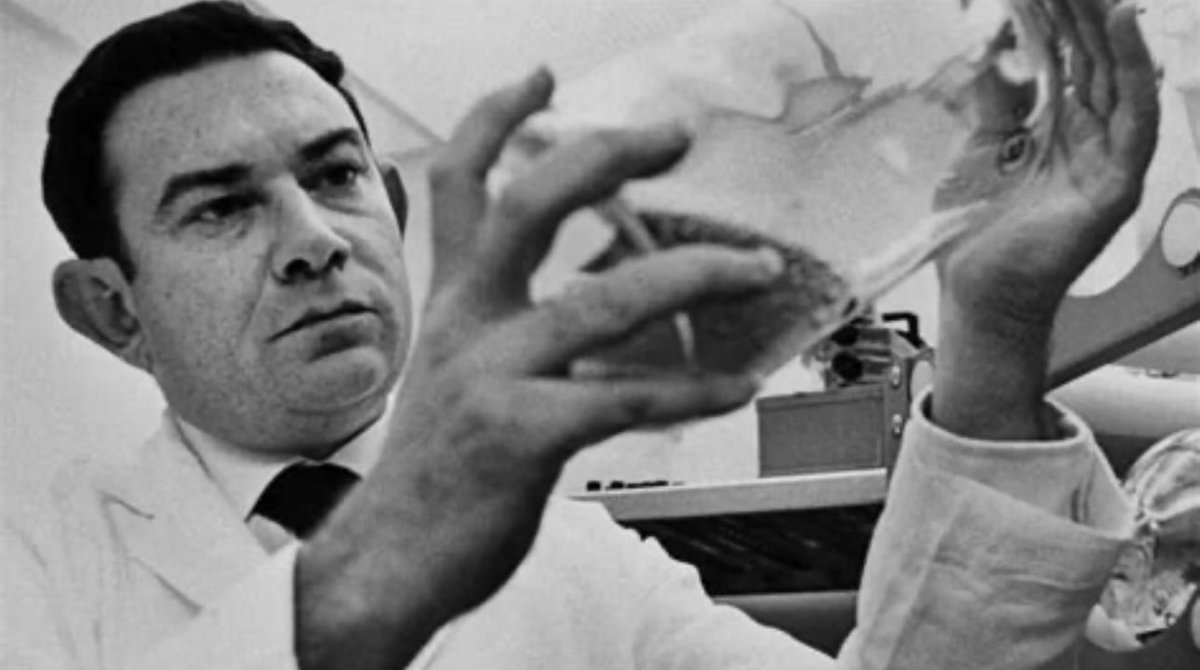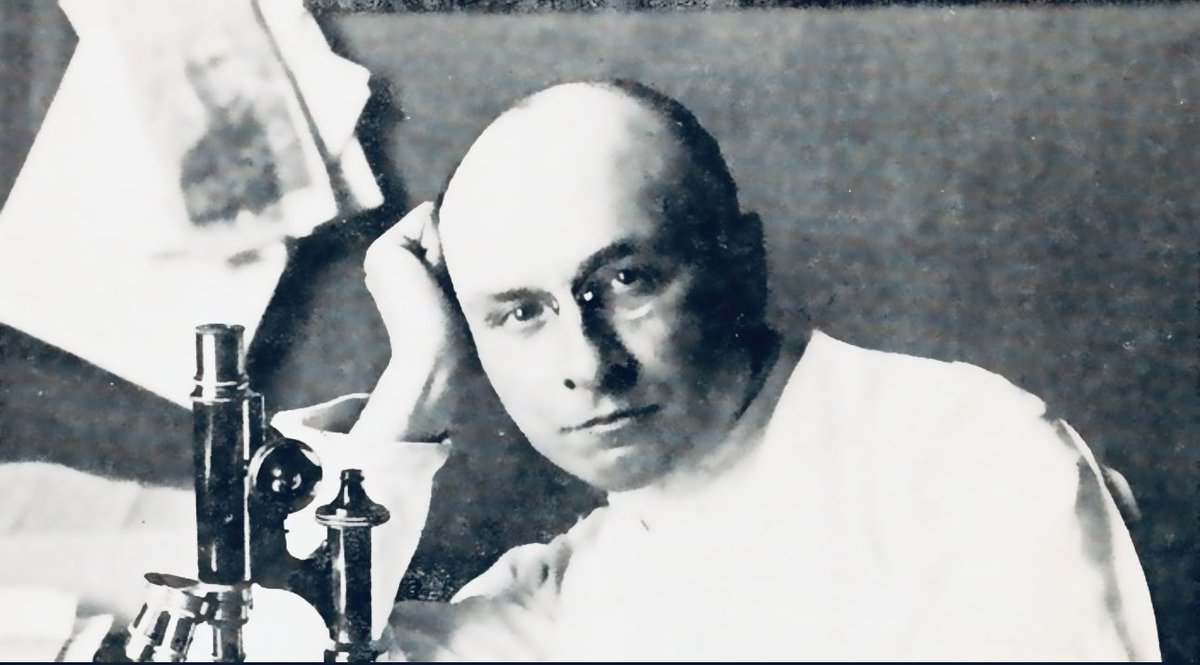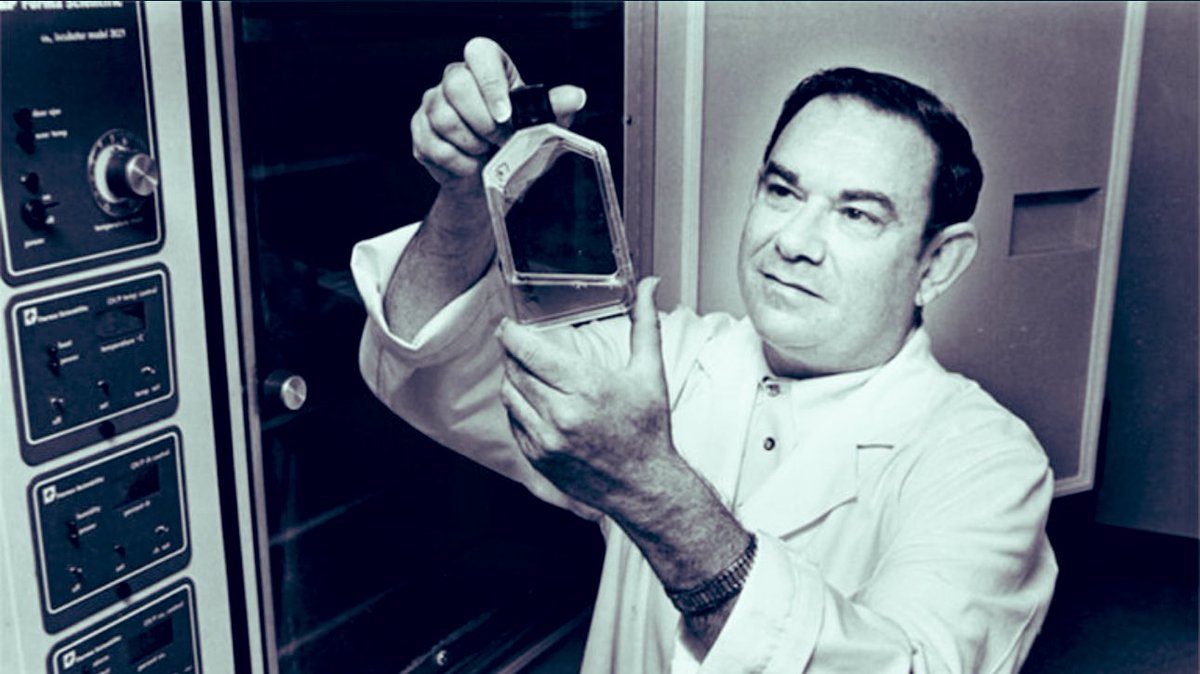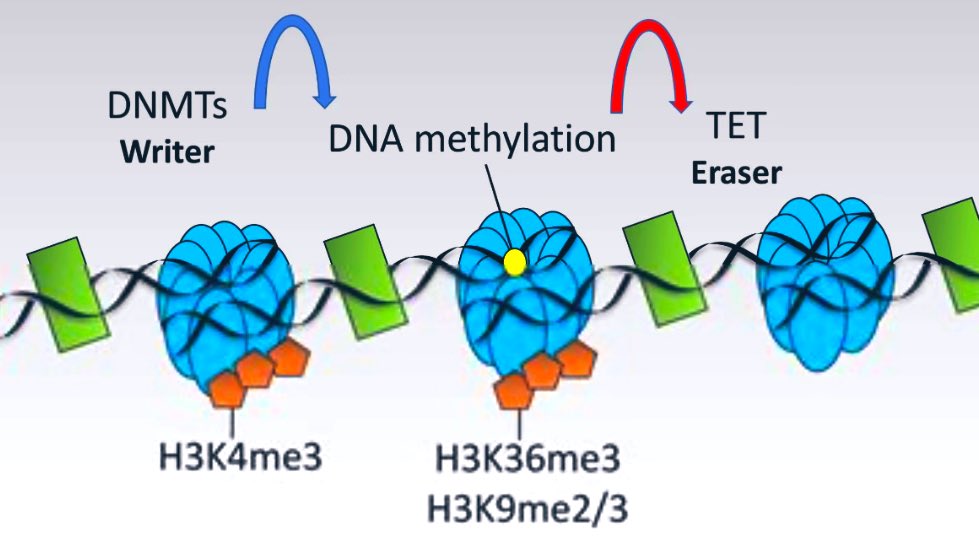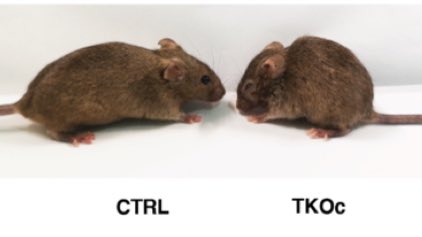Effect of longevity interventions on epigenetic clocks:
Strongest:
1. Arthritis therapy/anti-TNFa
2. Metformin
3. HBOT
4. AC-11
5. Bypass
6. Ketamine
7. Vegan/Mediterranean
No effect:
1. Rapamycin
2. Omegas
3. Exercise
4. Vitamin B
5. CR/IF
6. Ozempic
7. Follistatin
More ⬇️
Strongest:
1. Arthritis therapy/anti-TNFa
2. Metformin
3. HBOT
4. AC-11
5. Bypass
6. Ketamine
7. Vegan/Mediterranean
No effect:
1. Rapamycin
2. Omegas
3. Exercise
4. Vitamin B
5. CR/IF
6. Ozempic
7. Follistatin
More ⬇️
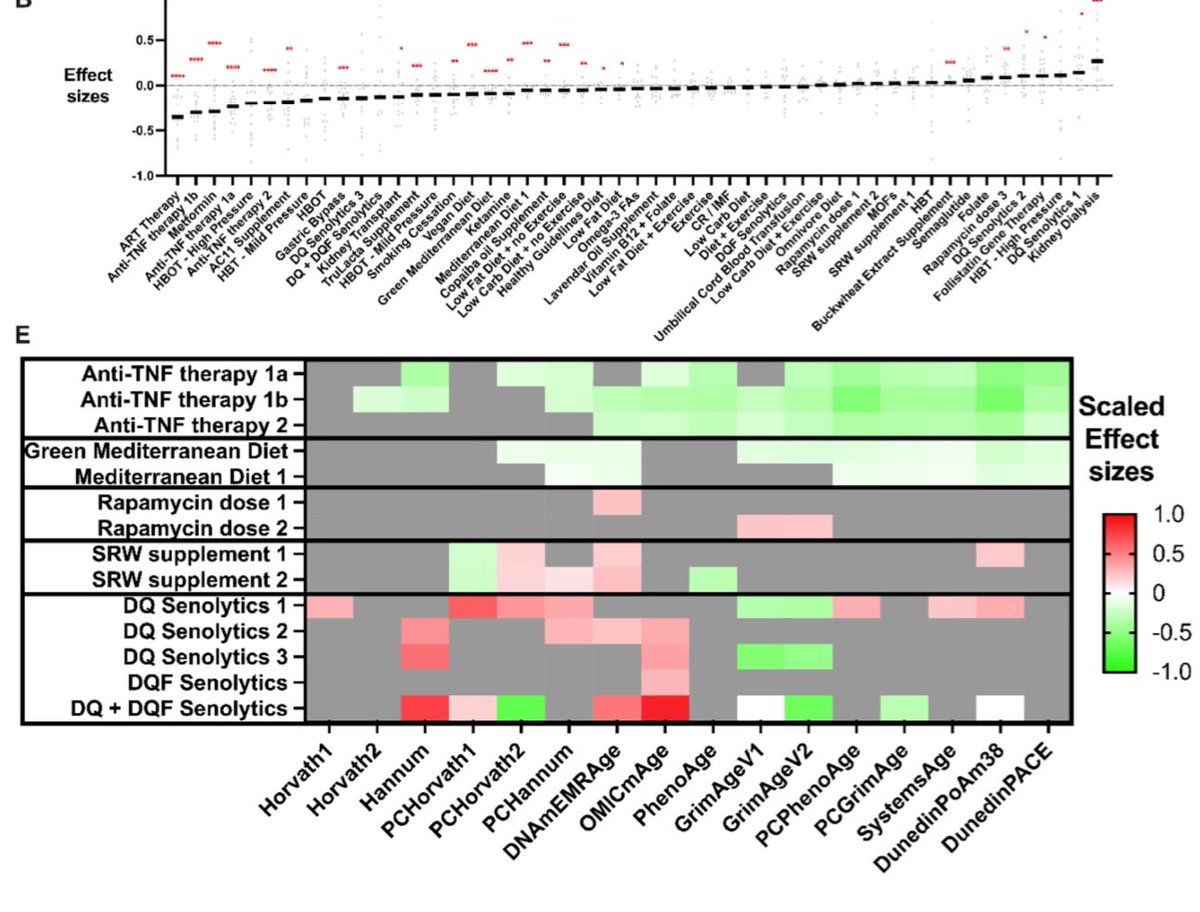
DNA methylation (DNAme) age reductions. Red asterisks represent statistical significance
* P<0.05; ** 0.01; *** 0.001
* P<0.05; ** 0.01; *** 0.001
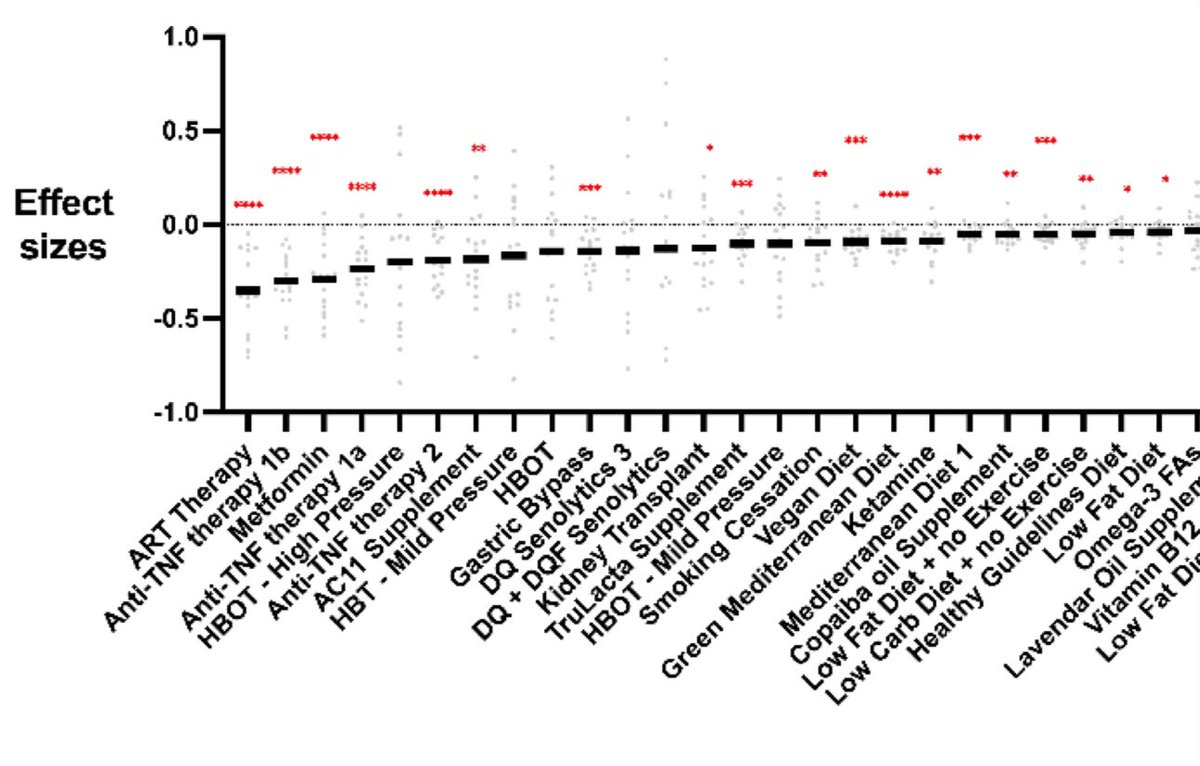
Blood biomarkers that serve as proxies for DNAme age and diets:
CystatinC - kidney function
HBA1c - glucose / diabetes
CRP - inflammation/ heart disease
ALK - liver / bone health
Triglycerides - serum fat / heart disease
CystatinC - kidney function
HBA1c - glucose / diabetes
CRP - inflammation/ heart disease
ALK - liver / bone health
Triglycerides - serum fat / heart disease
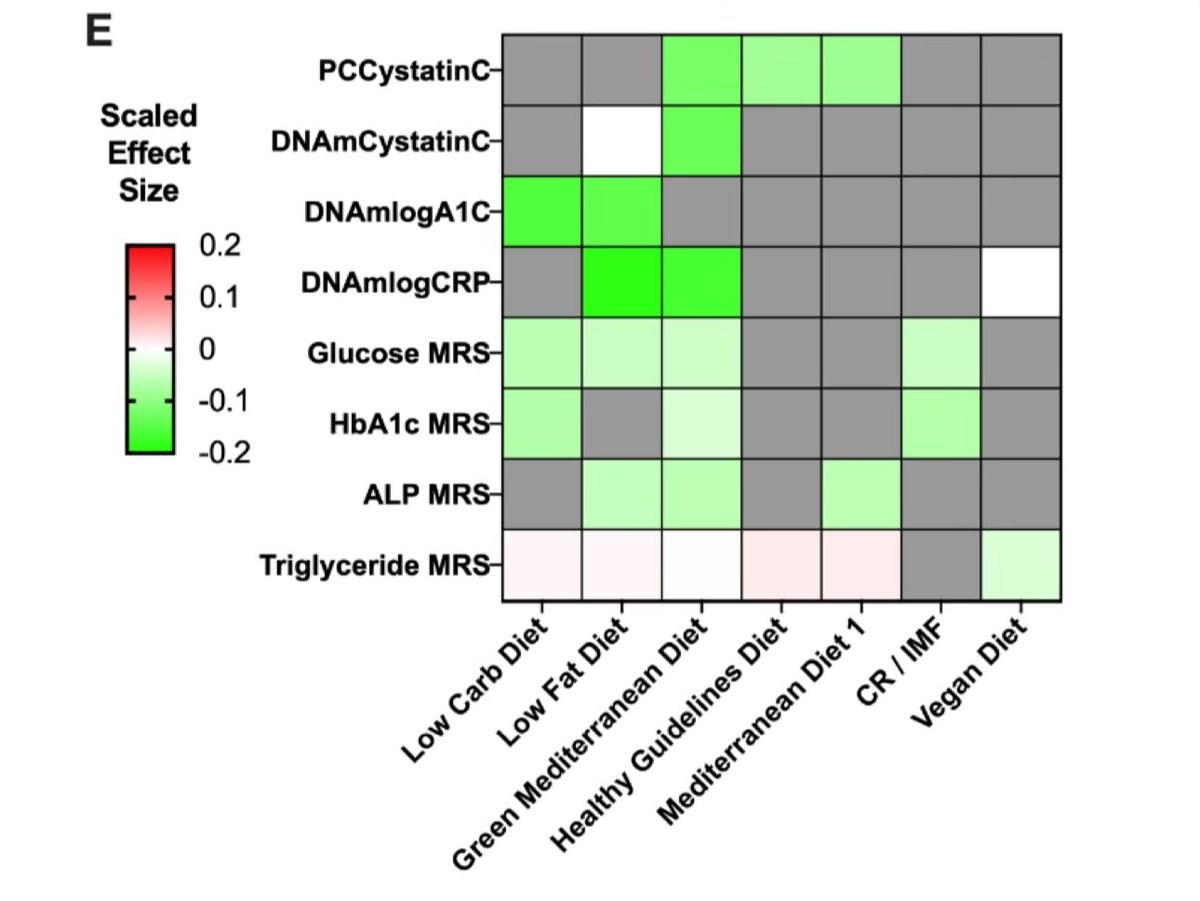
From the Longevity Interventional Studies Community & lab of Albert Higgins Chen @YaleMed. The manuscript can be accessed @biorxivpreprint and has not yet been peer reviewed and might change during this process - like defining what “ART” is 🙏
biorxiv.org/content/10.110…
biorxiv.org/content/10.110…
@YaleMed @biorxivpreprint Why might ketamine change DNAme? Ketamine can reduce methylation at specific sites within the BDNF gene, potentially improving brain health, which might positively affect other cells and blood biomarkers. Or maybe it acts via peripheral nerves 💪
• • •
Missing some Tweet in this thread? You can try to
force a refresh

